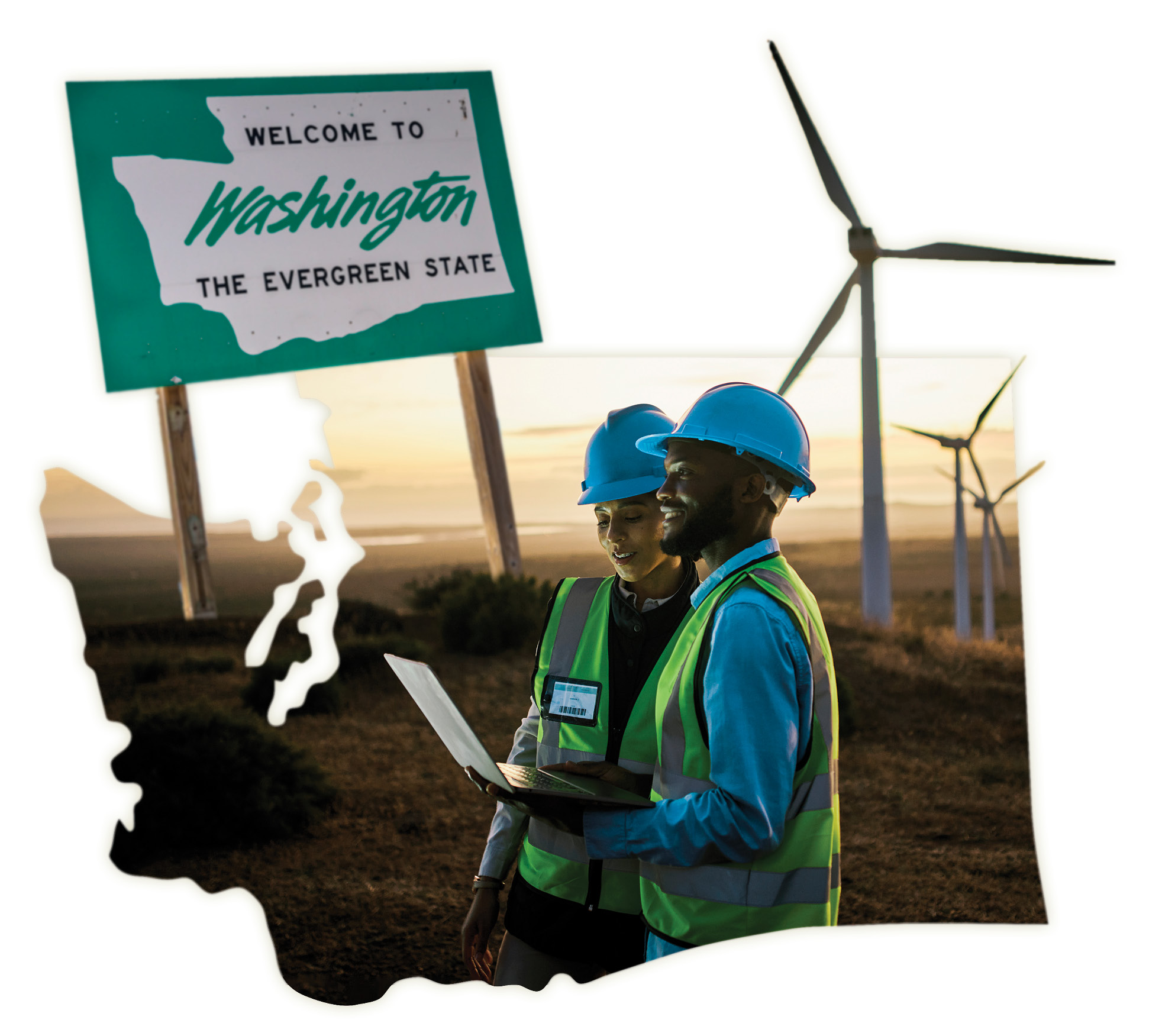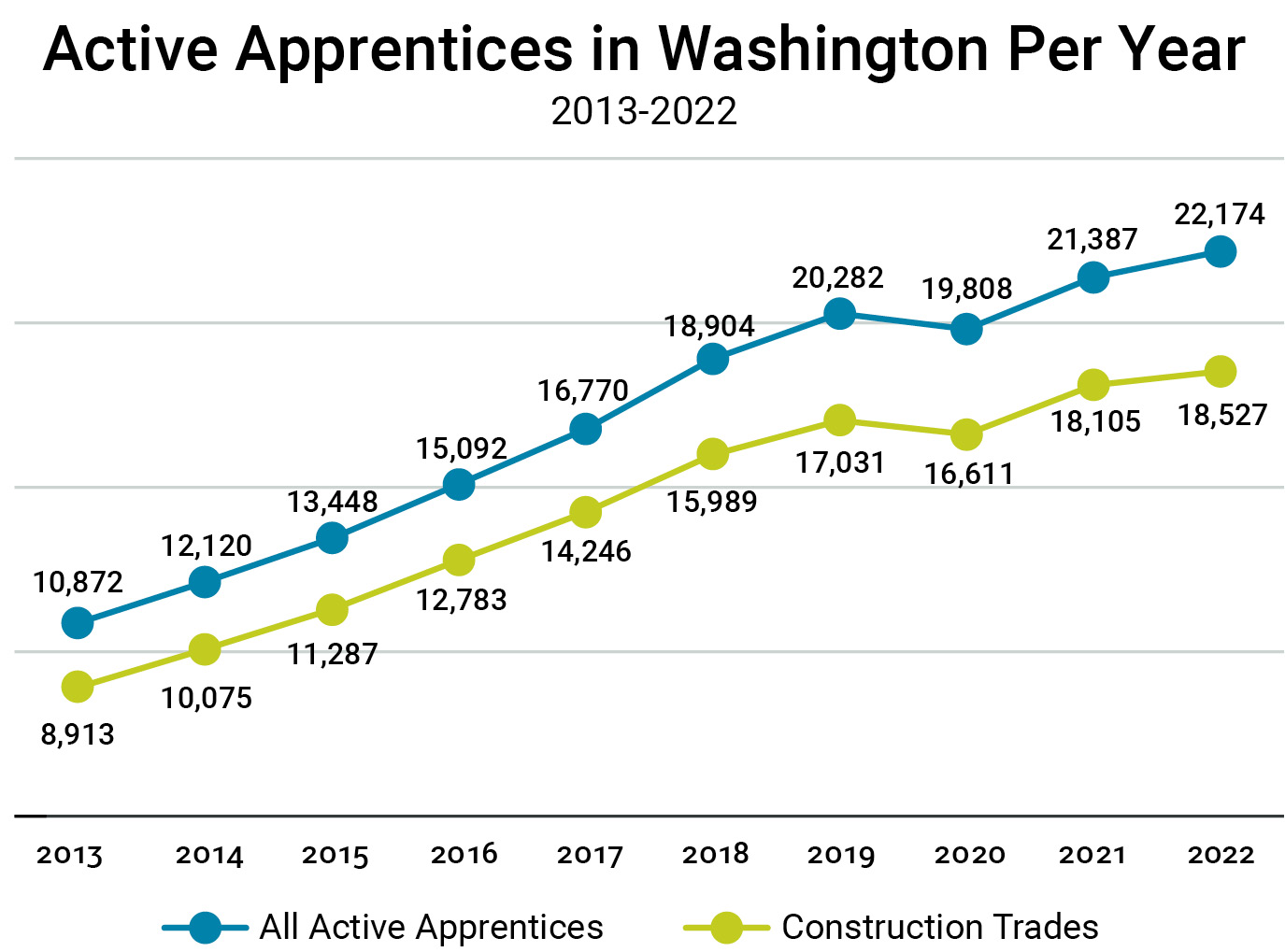Life begins in Washington.
According to data collected by the CDC’s National Center for Health Statistics, Washington residents boast the highest life expectancy in the U.S. This combined with World Population Review ranking Washington as the No 1. State for Quality of Life in 2022 makes us wonder, what is so wonderful about life in Washington? Why are people living better and longer?
When it comes to longevity, health plays a critical role. Alongside being listed as one of the top 10 states in the nation for health care quality, Washington’s landscape gives way to lifestyle-enriching activities that decrease stress, improve mental wellness and increase overall health. With at least 64 mountain ranges, 50,000 miles of rivers and streams and 3,200 miles of coastline, various outdoor recreation activities, including hiking, skiing, rock climbing, biking, kayaking and more, are popular pastimes in Washington state.
Opportunities to indulge in these hobbies are available in every region. Even those located in large cities like Seattle and Spokane don’t have to sacrifice their love of the great outdoors for a career in the city. This “best of both worlds” atmosphere is amplified by the thriving employment climate. Bankrate listed the Seattle-Tacoma-Bellevue metro as the second-best city to launch a career in 2023, as well as No. 1 for employment opportunity. Even with the rise in tech layoffs in America, tech jobs are still growing in Washington. The state is projected to add 13,500 tech jobs in 2023, one of the highest increases in tech employment at 3.9%.
As one of only eight states in the U.S. with no personal (or corporate) income tax, those employed in Washington can make the most out of their hard-earned income. Though Seattle’s cost of living is known to be on the higher side, many communities near the city and across Washington offer equal access to employment and outdoor recreational opportunities. Redmond was listed as the No 1. Most Livable Small City by SmartAsset, and Bellingham was ranked among the top 12 Best Small Cities to Live in the U.S. by Sofi Learn.
A Community Built on Culture — and Coffee
Beyond outdoor recreation and career development, Washington offers opportunities to explore a myriad of interests and cultural experiences. The state’s food scene is certainly unlike anywhere else. Its five-star restaurants and farmers markets alike are stocked with only the freshest ingredients. Everything from seafood to wine can be sourced locally.

Dog Mountain Trail
Photo courtesy of State of Washington Tourism /Jason Hummel Photography
Washington is also home to what is widely considered the birthplace of American craft coffee. Starbucks, Seattle’s Best and Tully’s Coffee were all started in the Emerald City. Alongside Seattle, ApartmentGuide also listed Bellingham and Everett among the Top 10 Cities in America for Coffee Lovers.
Want some art with your capuccino? Many of Washington’s cities and small towns boast vibrant artistic attractions and communities. The state’s various museums, galleries, symphonies, theaters and annual festivals are beloved by locals and strong economic drivers for tourism.
To ensure the future of this essential economic and cultural asset, the Washington Department of Commerce, in collaboration with the Washington Festivals and Events Association (WFEA) and ArtsWA, awarded over $3 million to 200 community events and festivals that either had to suspend operations or restart due to the pandemic. These grants provide much-needed support to “legacy-level” events, festivals, civic and holiday celebrations, cultural and heritage events, music festivals, and street and art fairs in communities with populations of 100,000 or less. This funding is set to provide high-quality events for residents as well as increase tourism in towns across Washington.
“Festivals and events are important to a community’s sense of place. They bring residents together and visitors from out of town,” said Commerce Director Mike Fong in July. “Many of these celebrations also support other causes, from local food banks to college scholarship programs. They are an essential part of Commerce’s mission of strengthening communities and growing Washington’s economy.”
Peak Happiness
With adventures that span from professional pursuits to recreational exploration, those who live in Washington spend their days indulging in all life has to offer. The rare opportunity the state presents to both achieve your personal and professional goals is surely something most people only dream of. It’s no wonder Washingtonians live better and longer. In the Evergreen State, you really can have your cake and eat it too.




